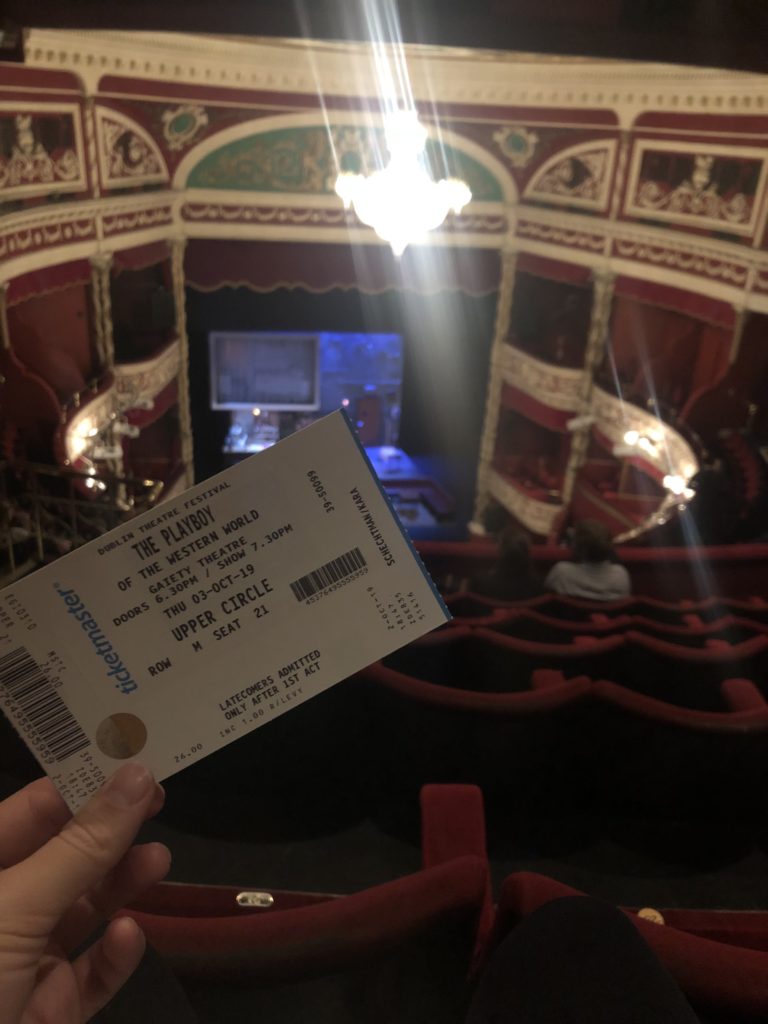Damp from the perennial Irish drizzle and out of breath after running to compensate for the inevitable delays of Dublin public transport, I reached Number 11 Parnell Square East, a Georgian brick building that hosts a variety of cultural events, from poetry readings to performances. The oak door swung open from within its columned façade, and I entered the lobby where eleven other theater-goers waited. We were there to see Faultline, an immersive show co-produced by ANU Productions and Dublin’s Gate Theatre with the aim of bringing to life historical materials from the Irish Queer Archive.
It was not the first piece of experimental theater I saw in Dublin. During our orientation weekend, the Mitchell scholars all went to see Beckett’s Room, another Gate Theatre production in collaboration with Dead Centre. Like Faultline, Beckett’s Room endeavored to uncover an overlooked history, contextualizing Samuel Beckett’s literary abstractions by depicting his Paris apartment under Nazi Occupation. The show’s gimmicky conceit was its exclusion of bodies; reenactions combined voice acting, projected subtitles, and puppetry. A hovering kettle poured tea into a cup, a suspended pipe puffed smoke, a book floated off the shelf—all accomplished through trick wires operated by hidden puppeteers.
Beckett admired Heinrich von Kleist’s essay “On the Marionette Theatre,” which argues provocatively for the superior grace of marionettes relative to human dancers. Still, the elimination of bodies from the stage in Beckett’s Room felt as much like a radical departure from Beckett’s methodology as an extension of Beckett’s interests in experimentation. It’s true that Beckett’s plays often obscure or immobilize actors’ bodies, but they do so, paradoxically, to make the constraints of embodiment all the more present.
In Faultline, bodies were unavoidable. As the play began, audience members were ushered into the basement of 11 Parnell Square East, which became three primary settings: a gay nightclub, a men’s bathroom, and a call center for a gay and lesbian helpline. Ensuing scenes thematized the dangers of bodily difference in
Both Beckett’s Room and Faultline had hits and misses. The former challenged staging conventions, but sometimes obscured the gravity of its historical material in the process. The latter made accessible an archive that might otherwise have remained untouched in a

